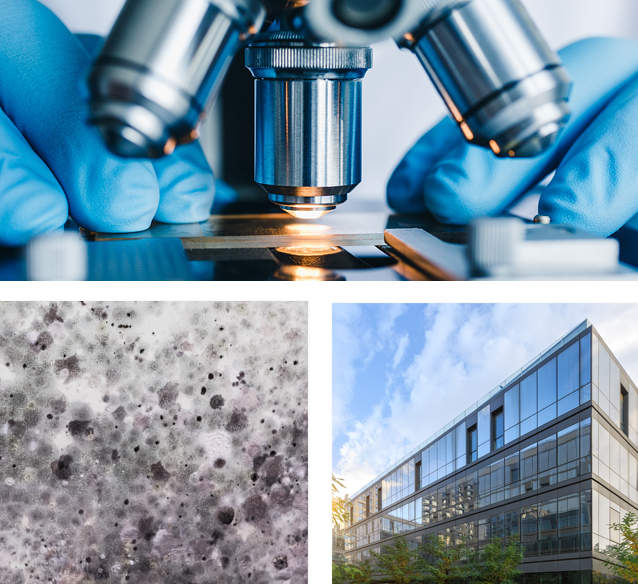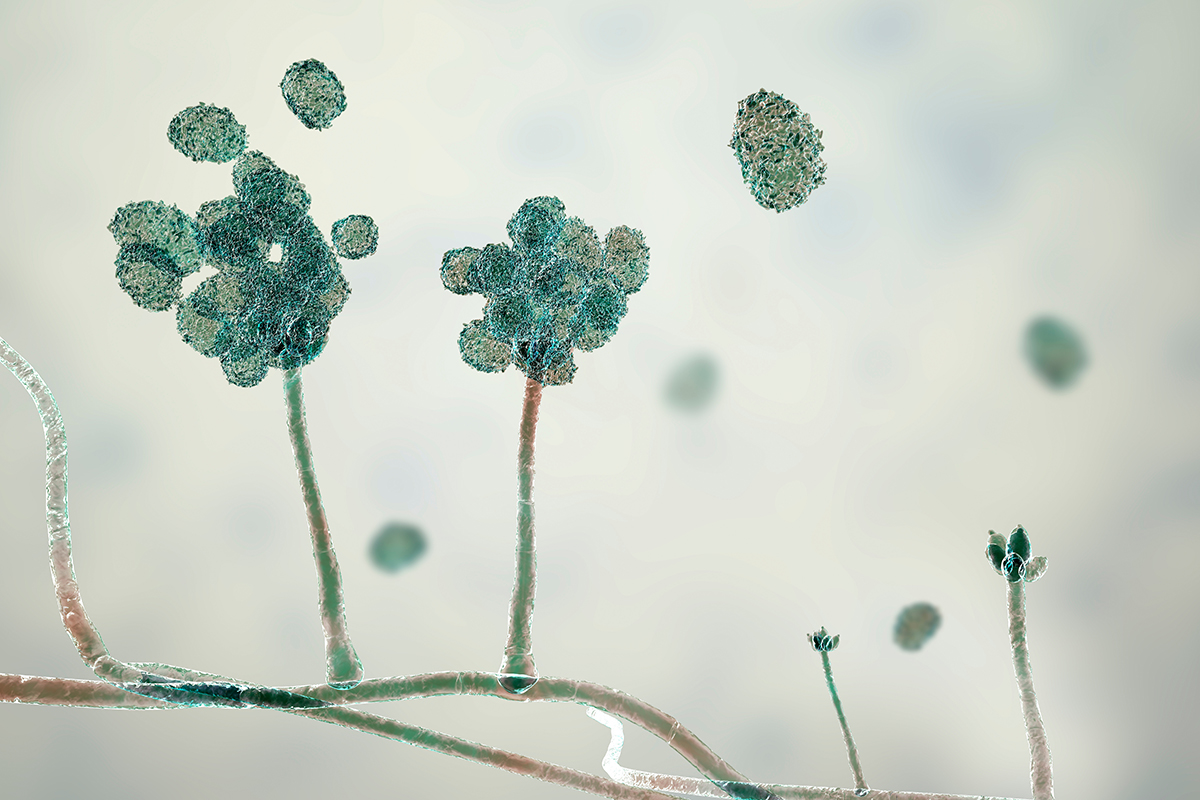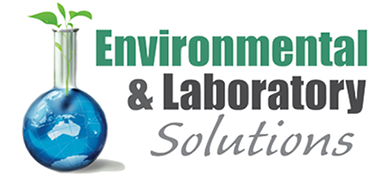What is Mould?
Mould is a living organism which is found all over the planet. Most moulds are harmless. Some moulds can be harmful; in particular, moulds associated with water damaged buildings.
These types of mould can be toxic and prolonged exposure to these organisms can severely impact the health of building occupants. Health organisations such as the Institute of Medicine (IOM) and the World Health Organisation (WHO) discovered connections between certain mould types and chronic health conditions.
Remediation of mould impacted buildings is essential to providing a clean and healthy indoor environment.

Mould in Buildings
Mould requires water and a food source to grow. Homes and business frequently experiences water damage events for a range of reasons that result in unwanted mould growth.
In addition to water and food, there are a number of additional factors that can exacerbate microbial growth within a building.
Low air movement Buildings or areas with low ventilation allow for spores and toxins to be easily dispersed onto surfaces.
Low light areas Natural light can prevent mould growth. Some mould species can thrive in dark or low light areas.
Unsanitary conditions Dirty or unsanitary areas of buildings will have a higher biological loading than cleaner areas. This will increase the food sources available to the mould organism.

Mould Remediation :
Mould contamination within a building can range from a minor to a serious problem. ELS is equipped to provide consulting services for all types of mould remediation projects ranging from residential homes to high-rise buildings.
- Mould investigation services including building inspections and contamination assessments
- Developing site specific scopes of works documents and postremediation verification assessment reports
- Airborne, surface and speciality mould testing services
Mould Sampling Services
Sampling mould is essential in determining if an area is safe for occupation. Mould sampling can determine if active mould growth is present in an area and also if there are any potentially toxic moulds impacting the indoor air quality.
Airborne Mould Sampling
This occurs in areas of buildings where mould is suspected. These samples are compared with external control samples to determine potential health risks to building occupants.
Surface Mould Sampling
Surface mould sampling can determine if there is active mould growth on the surface of an object. Fungal hyphae can be detected in the samples as well as the predominant mould genus types.
